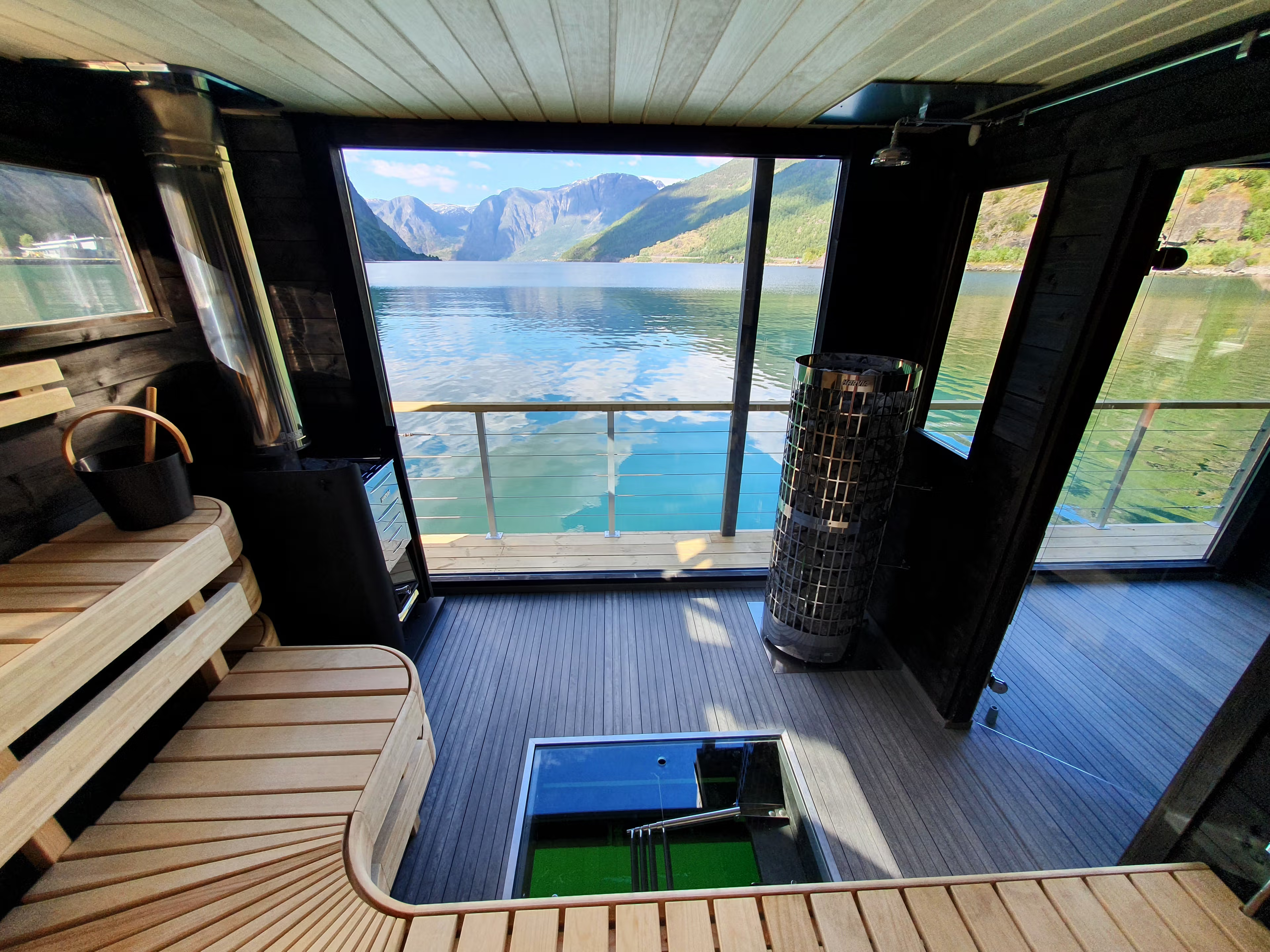Exploring Street Art in Bodø
- 0 comments
- by Emma
Exploring Street Art in Bodø
At first glance, Bodø may come across as a rather ‘regular’ medium-sized town in Norway. Many try to get to Lofoten or Saltstraumen as quickly as possible. However, I personally love Bodø; it’s a town undergoing a revival and explosion of cultural offerings, and every time I go there, I’m impressed by the new shops, restaurants, statues, and, of course, street art! The street art in Bodø has gained somewhat of a reputation, and you may be looking to find these pieces during your visit. If so, here is my guide to the street art in Bodø!
In this article...
Street Art Map
I’ve put together a map that shows where you can find the best artworks in Bodø. I haven’t included them all in this article as I don’t have photos of all of them; I did use photos from other sources for a couple of the ‘major’ pieces.
About Street Art in Bodø
Street art in Bodø has gained significant attention in recent years, positioning the city as a hub for vibrant public art in Scandinavia. Bodø’s street art scene has gained international acclaim, attracting tourists and art enthusiasts. The city was named the European Capital of Culture in 2024, further cementing its role as a cultural hotspot, with street art contributing significantly to this achievement.
UpNorth Festival
It all began when Bodø hosted the UpNorth Festival in 2016. The festival featured renowned street artists from around the world, leaving behind a lasting legacy of large-scale murals and installations that transformed the cityscape. These works paint a vivid picture of urban expression, and most of them were inspired by the nature and culture around Bodø.
NorlandiART
NorlandiART is another project designed to encourage street art in Bodø, with a focus on celebrating the history and traditions of the county Nordland. The project began with the artist Are Andreassen bringing 21 of his colleagues from Nordland County on a volunteer project where large parts of Bodø were transformed into a gigantic outdoor gallery. NordlandiART is designed to explore questions related to the importance of place for artists and their creative production.
You can learn more about the project here: https://www.norlandiart.no/
Street Artworks

After School
Address: Kongens gate 18
After School is by the Russian Artist Rustam Qbic. It covers an entire wall and shows a child spraying the northern lights into the sky with a spray can.

Insomnia
Address: Dronningens gate 15
Insomnia is by the Italian artist Millo (Instagram). It reflects Bodø’s 24-hour summer light. Painted under the midnight sun, this vast mural shows everyday figures and buildings in crisp black-and-white lines, with only occasional touches of colour. Millo often paints whimsical urban scenes; here, the effect is dreamy and surreal.

Butterfly
Address: Across the street from Insomnia, on Havnegata.
Butterfly is by the artist Martin Whatson. This artwork is one of the newer ones in Bodø and was painted in 2018. (Photo source – weirdly I’ve never taken a photo of this one!)

Phlegm
Address: Sjøgata 18
Phlegm is a British graffiti artist who first developed his art in self-published comics. Many of his images feature childlike or menacing creatures that you’d see in storybooks. The work is reminiscent of depictions of mythical creatures from Norwegian nature and traditional images of trolls. I like the detail of the mountains on his back. Phlegm’s work is entirely monochrome and alternately charming and menacing – a signature look developed from his fantasy comics

Maelstrom
Address: Moloveien 20
Maelstrom is by the artist David de la Mano from Spain (Instagram). This artwork is inspired by the world’s strongest maelstrom, Saltstraumen, located approximately 30 minutes outside Bodø. The artwork is situated near a busy street and is easily visible.

Need a Helping Hand?
Address: Between Bankgata going on Sjøgata
Ståle Gerhardsen is a Norwegian artist from Trondheim, born in 1980, known for his vibrant and whimsical street art that brings joy and contemplation to urban landscapes across Norway and beyond. His work spans murals, paintings, sculptures, illustrations, and installations, often characterised by playful imagery and a focus on mental health, inclusion, and everyday life.
He has a lovely blog article about this artwork and similar ones around Norway: https://charmpam.com/2022/06/02/search_for_street_art_in_bodo/
This is also where I got the photo from 🙂

John Lennon
Address: Sjøgata
This is one of the newer pieces in town. The festival “Arts of Democracy” was held in September 2024, and an anonymous art collective from Bergen was hired to put up pieces around the city.
Street Artworks That No Longer Exist
As Bodø undergoes a lot of redevelopment thanks to the growth the town is seeing, sadly, some street artworks are covered up by modern buildings. I thought I’d showcase them here anyway, because they are still beautiful pieces of art!

A Kiss Between Cultures
A Kiss Between Cultures is by the artist Animalito (Instagram). This one was always my favourite to show, so it’s a shame it’s now covered up by apartments. It depicted a Norwegian Sami and an Argentine child from the Andes, both dressed in their traditional attire, playing with a deer and a llama.

Golden Eagle
Golden Eagle is by the artist Dzia and was located where the tourist office used to be.





































































